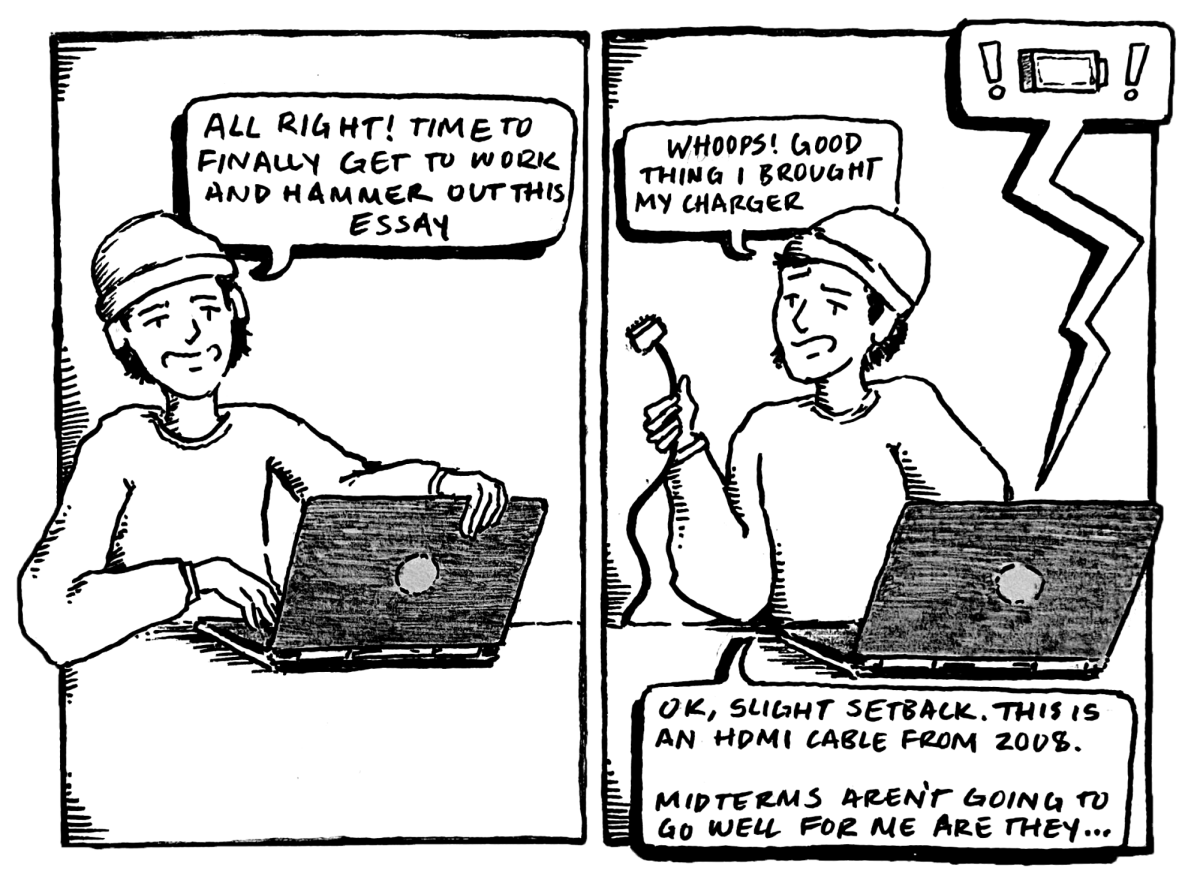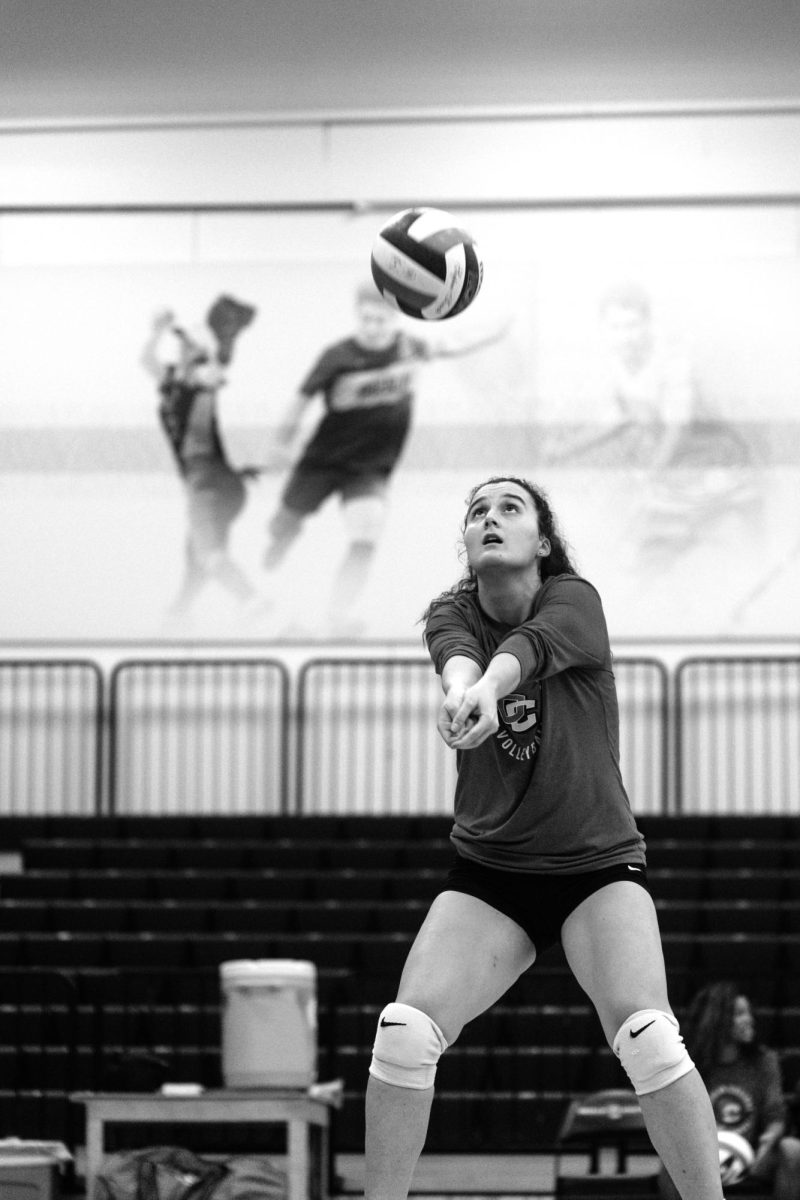Misconceptions Delegitimize Seasonal Depression
October 10, 2014
This week not only ushers in a slew of students stressing over midterms but also signals that Oberlin is about to begin its annual descent into the unending bleakness of winter. Especially at a college with such a geographically diverse student body, the emotional shock of this cold can be unforgiving to those unaccustomed to it. While many may feel affected by the change in weather, most of them will grow used to it after a while. Some of them, however, will not. These students suffer from seasonal affective disorder, also known as seasonal depression, a very real condition that most people don’t realize or believe exists.
Attitudes toward seasonal depression — and depression in general — often reflect indifference because it can be difficult to draw a line between what constitutes depression and what does not. The true distinction is that depression involves an unshakable feeling, something you can’t just get through with a pep talk or by watching an inspirational movie. Mental illness runs quite strongly in my family, and the general consensus is that a main symptom of depression is the feeling of being tormented to a debilitating extent by the worst imaginable thoughts, eliminating the ability to think of anything else. This turmoil seldom stays internal, and it can impact the way a person eats, sleeps and goes about daily life in mild or significant ways.
A person truly afflicted by depression isn’t going to flaunt it around like a badge of honor. Instead, they’ll probably assume that this new feeling is just as unfixable as it feels, and they’ll consequently become more withdrawn. Winter is a prime breeding ground for depressive tendencies because it is the perfect embodiment of depression: a bleak, dead landscape entirely devoid of any beauty or distraction from inner unrest. That may sound melodramatic, but I assure you, that’s what winter looks like with seasonal depression — it’s hell.
I realize I’ve done little here other than emphasize that seasonal depression is real, but for those afflicted with it, myself included, what really counts is some sort of assurance that this condition can be overcome. As with any form of depression, the efficacy of such an assurance is not really quantifiable. It’s an introspective art of learning what specific components of winter bring you down and what real, tangible things in your life can bring you up and prevent the fall.
Of course, I’m not able to say what makes other people feel good, but in my experience, it needs to be something personal. A song that everyone claims will “get you through a rough spell” probably won’t cut it. It has to be something specific to you, and it must ensure that you in particular will feel better because of it. This could be a favorite comic book, a call to your parents or a favorite food, even if it’s something that everyone else hates. Whatever it may be, it has to become part of your routine so that it’s constantly present and working to keep you afloat. And there’s also something to be said for just trying to embrace winter. If it’s 8 degrees below zero outside, it’s time to bundle up inside in your most comfortable sweater and pajama pants. Don’t even think about having to go outside when you don’t need to.
Depression is different from other illnesses, of course, because it deals more with emotions than with tangible physiological problems. But if it didn’t deal with emotions, it wouldn’t be depression and couldn’t be helped by anything I’ve suggested. I won’t try to overstate what I’ve mentioned as being effective for clinical depression. But for the purposes of seasonal depression and lesser forms of winter sluggishness, my family and I have found these methods quite helpful. I certainly hope that some readers can, too.


















